Consider the situation shown in figure .The plates of the capacitor have plate area A and are clamped in the laboratory . The dielectric slab is released from rest with a length a inside the capacitor. Neglecting any effect of friction or gravity, show that slab will execute periodic motion and find its time period.

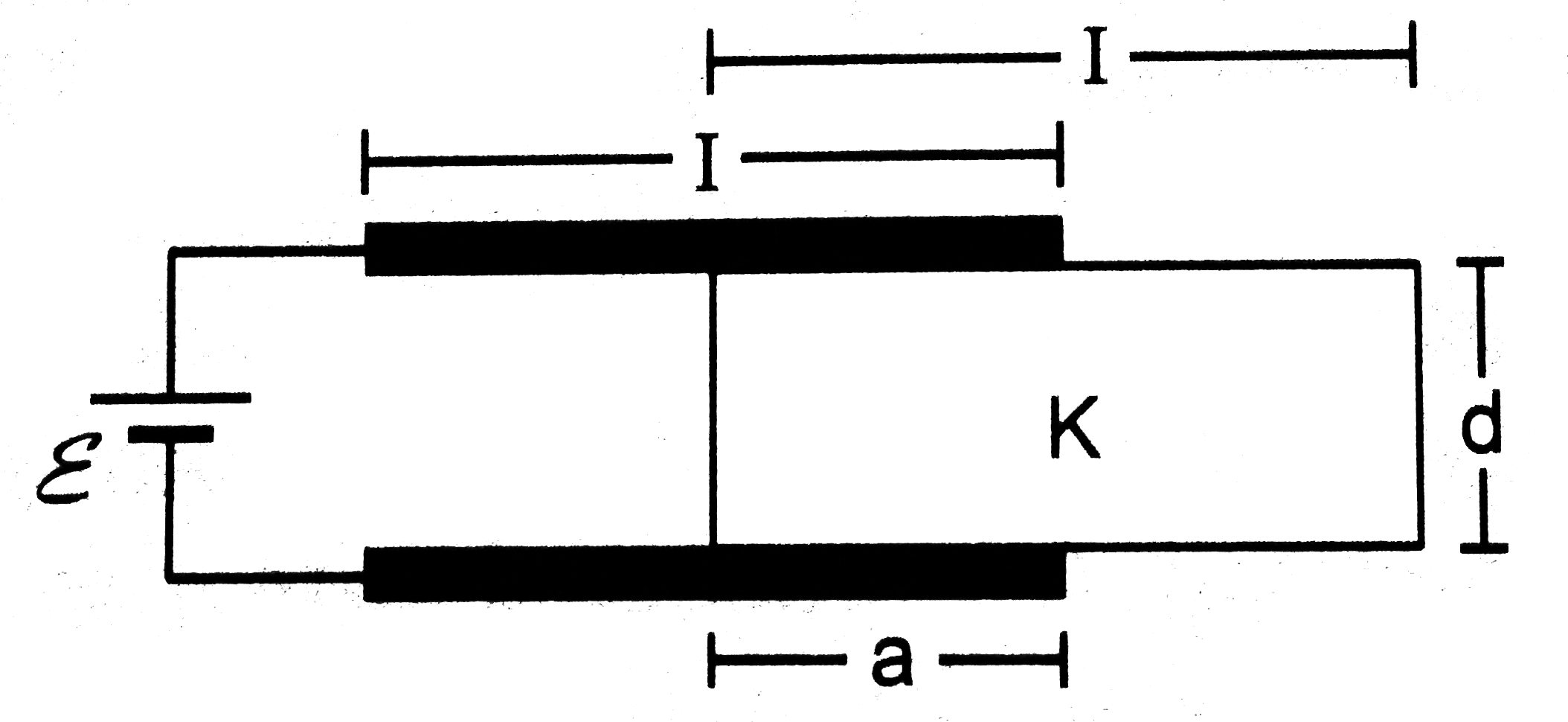
Step by step video solution for Consider the situation shown in figure .The plates of the capacitor have plate area A and are clamped in the laboratory . The dielectric slab is released from rest with a length a inside the capacitor. Neglecting any effect of friction or gravity, show that slab will execute periodic motion and find its time period. by Physics experts to help you in doubts & scoring excellent marks in Class 12 exams.
Topper's Solved these Questions
- BOOK - PHYSICS GALAXY - ASHISH ARORACHAPTER - CAPACITANCEEXERCISE - DISCUSSION QUESTIONS22videos
CAPACITANCE
- BOOK - PHYSICS GALAXY - ASHISH ARORACHAPTER - CAPACITANCEEXERCISE - CONCEPTUAL MCQA32videos
CAPACITANCE
- BOOK - PHYSICS GALAXY - ASHISH ARORACHAPTER - ATOMIC PHYSICSEXERCISE - Unsolved Numerical Problems39videos
ATOMIC PHYSICS
- BOOK - PHYSICS GALAXY - ASHISH ARORACHAPTER - CURRENT ELECTRICITYEXERCISE - All Questions389videos
CURRENT ELECTRICITY
Similar Questions
Consider the situation shown in figure .The plates of the capacitor have plate area A and are clapmed in the laborstory . The dielectric slab is released from rest with a length a inside the capacitor. Neglecting any effect of friction or gravity, show that slab will execute periodie motion and find its time period.

 View Solution
View SolutionConsider the situation shown in figure. The plates of the capacitor have plate area 1A=lb1 and are clamped in the laboratory. The dielectric slab is released from rest with length a inside the capacitor. Neglecting any effect of friction or gravity, show that the slab will execute periodic motion and find its time period.
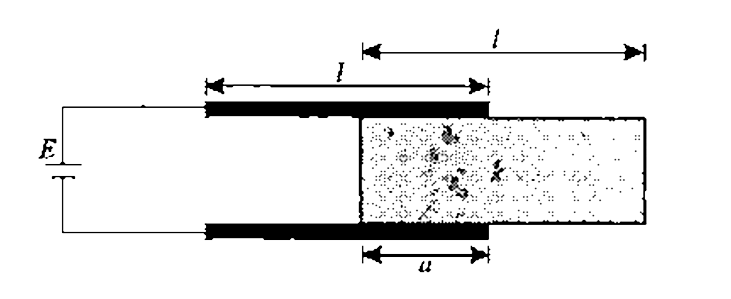 View Solution
View SolutionThe plates of the parallel plate capacitor have plate area A and are clamped in the laboratory as shown in figure. The dielectric slab of mass m, length 2l and width 2l is released from rest with length l inside the capacitor. Neglecting any effect of friction or gravity, show that the slab will execute periodic motion and find its time period. (plates of capacitor are square plates of side 2l)
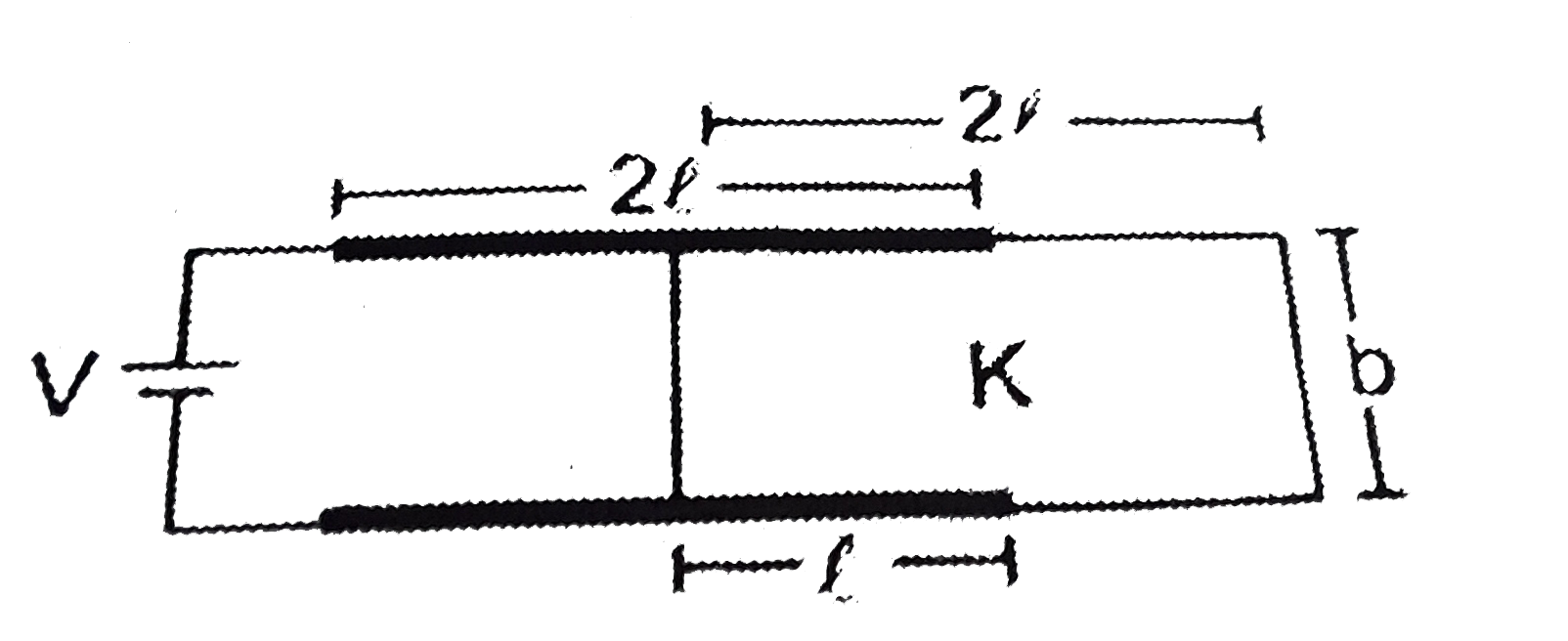 View Solution
View SolutionConcider the situation shown in figure .The width of each plate is b.The capacitor plates are rigidly clamped in the laboratory and connected to be a battery of emf ε All surfaces are frictionless .Calculate the value ofM for which the dielectric slab will stay in equilibrium.
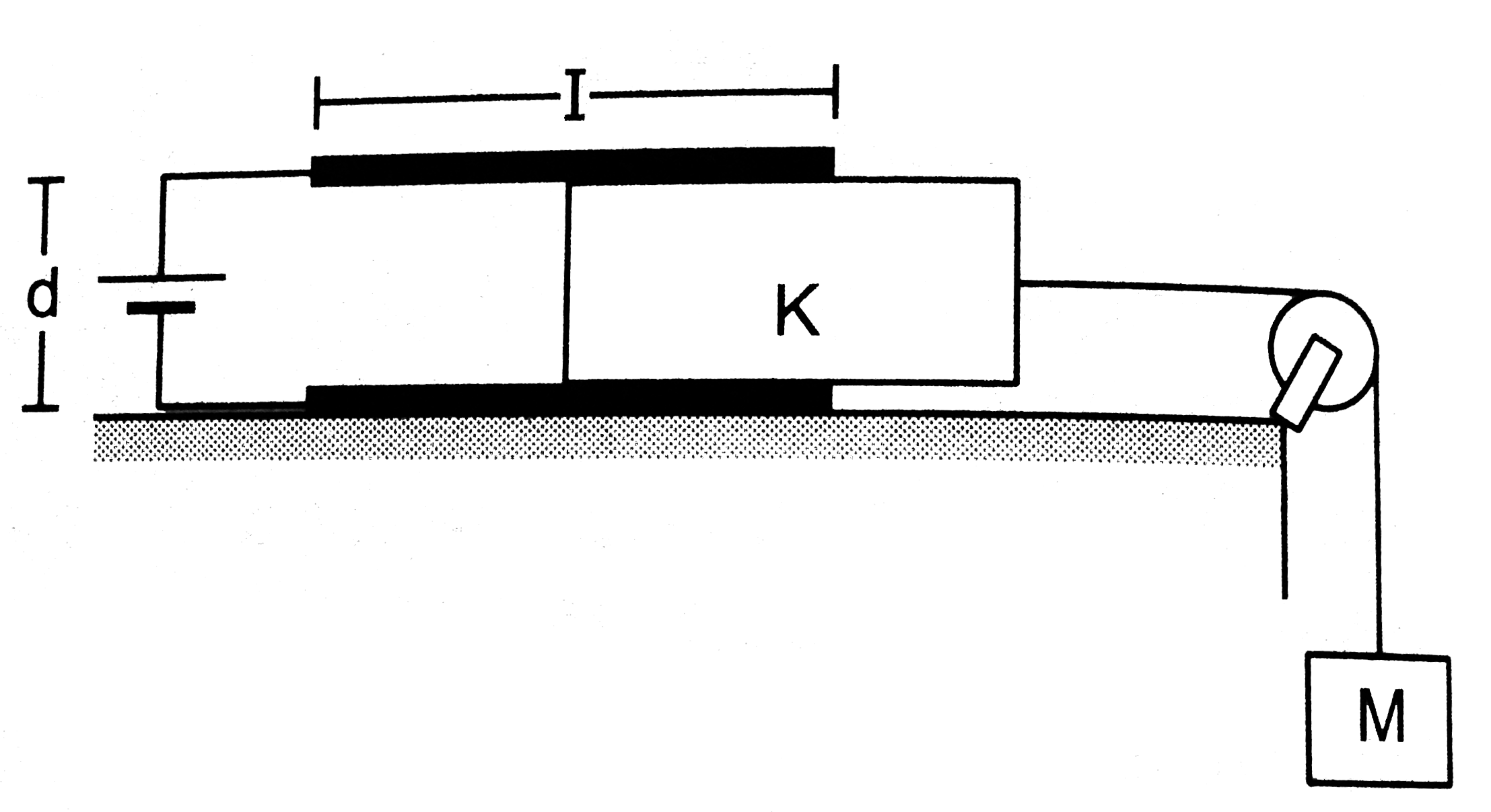 View Solution
View SolutionConsider the situastion shown in figure. Show that if that blocks are displaced slightly in opposite directions and released, they will execute simple harmonic motion. Calculate the time period.
 View Solution
View SolutionAn air-cored capacitor of plate area A and separation d has a capacity C . Two dielectric slabs are inserted between its plates in two different manners as shown . Calculate the capacitance in each case .
 View Solution
View SolutionConsider a situation shown in the figure. Show that if the blocks are displaced slightly in opposite directions and released, they will execute S.H.M. calculate the time period.
 View Solution
View SolutionFig shows a parallel plate capacitor of plate area A and plate separation d. Its entire space is filled with three different dielectric slabs of same thickness. Find the equivalent capacitance of the arrangment.
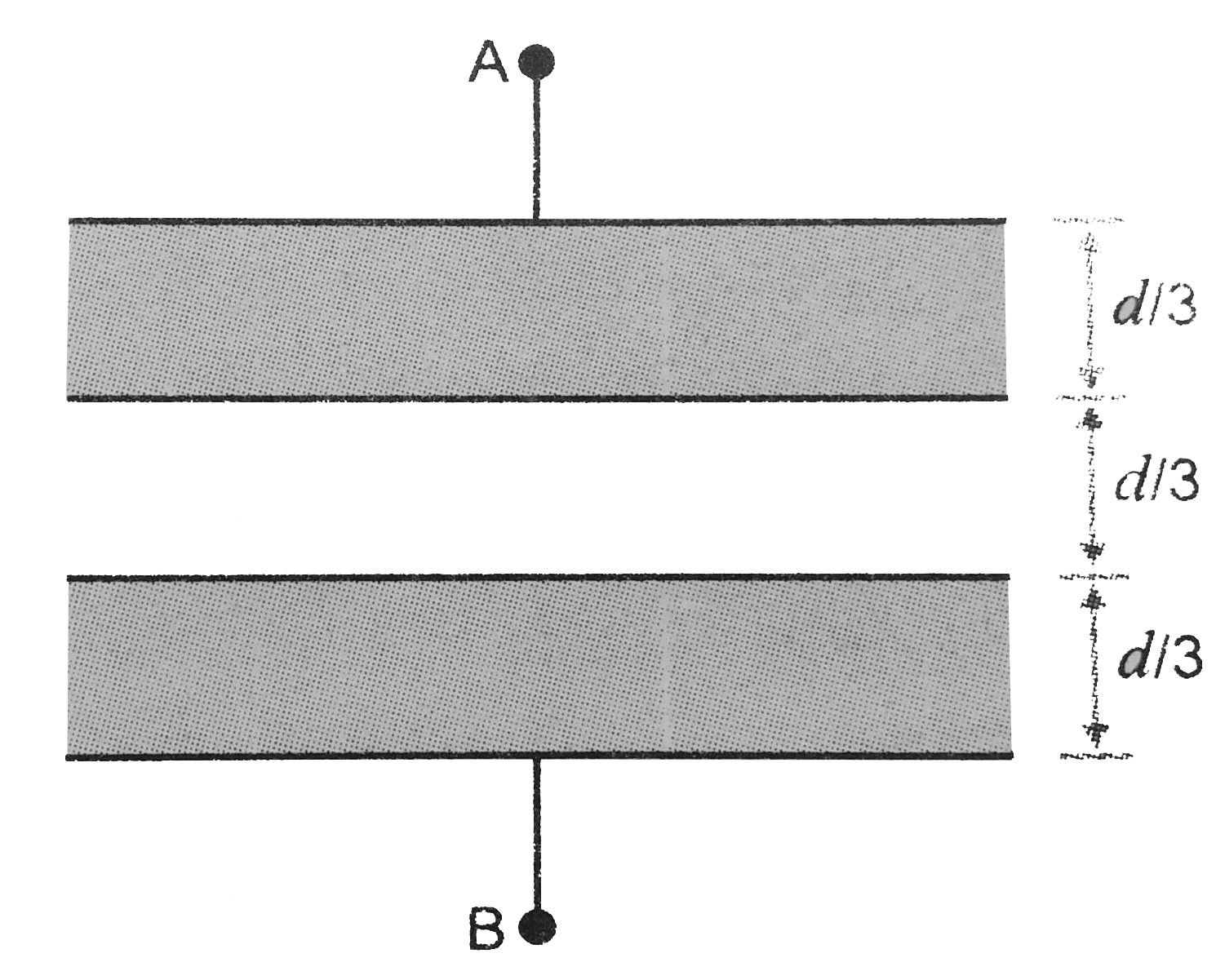 View Solution
View SolutionFigure shown pallel plate capacitors with fixed plate and connected to two batteries .The separation between the plate is the same for the two capacitors .The plates are rectangular in shape with width b and lengths l1andl2. The left half of the dielectric slab has adielectric constantK1 and the right half K2. neglecting any friction ,find the ratio of the emf of the right battery for which the dielctric slab may remain in equilibrium.
View SolutionFind the capacitances of the capacitance of the capacitors shown In figure .The plate area is A and the separation between the plate is d. Different dielectric slab in a particular part of the figure area of the same thickness and the entire gap between the plate is filled with the dielectric slabs.
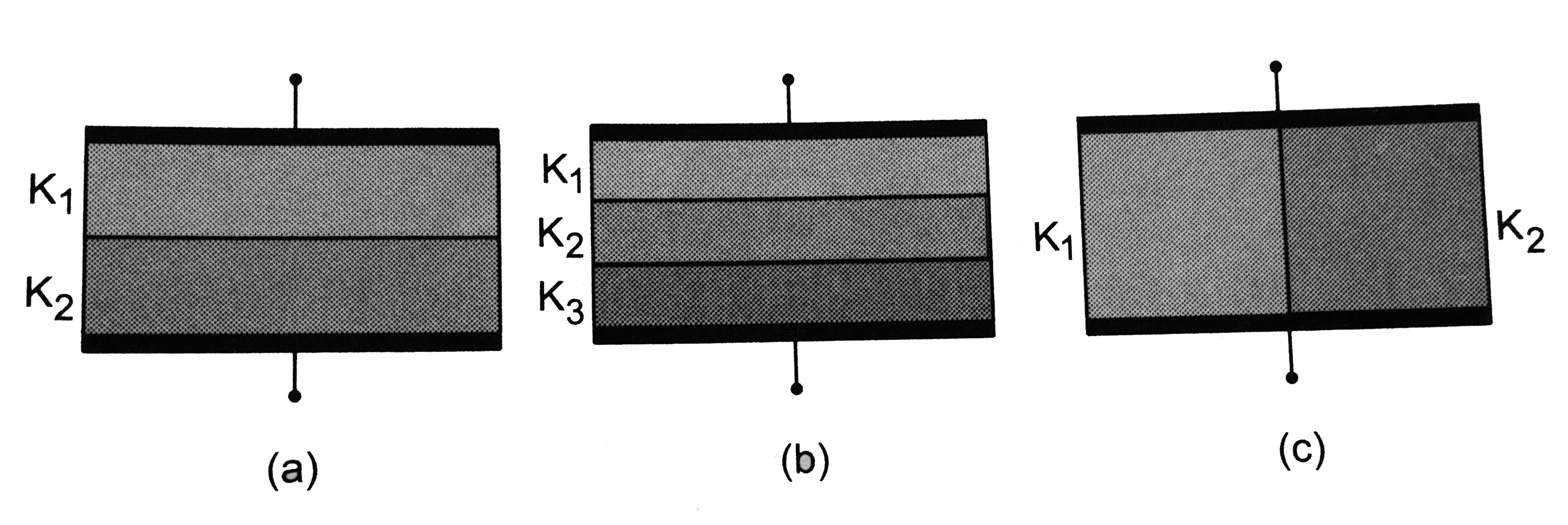 View Solution
View Solution

